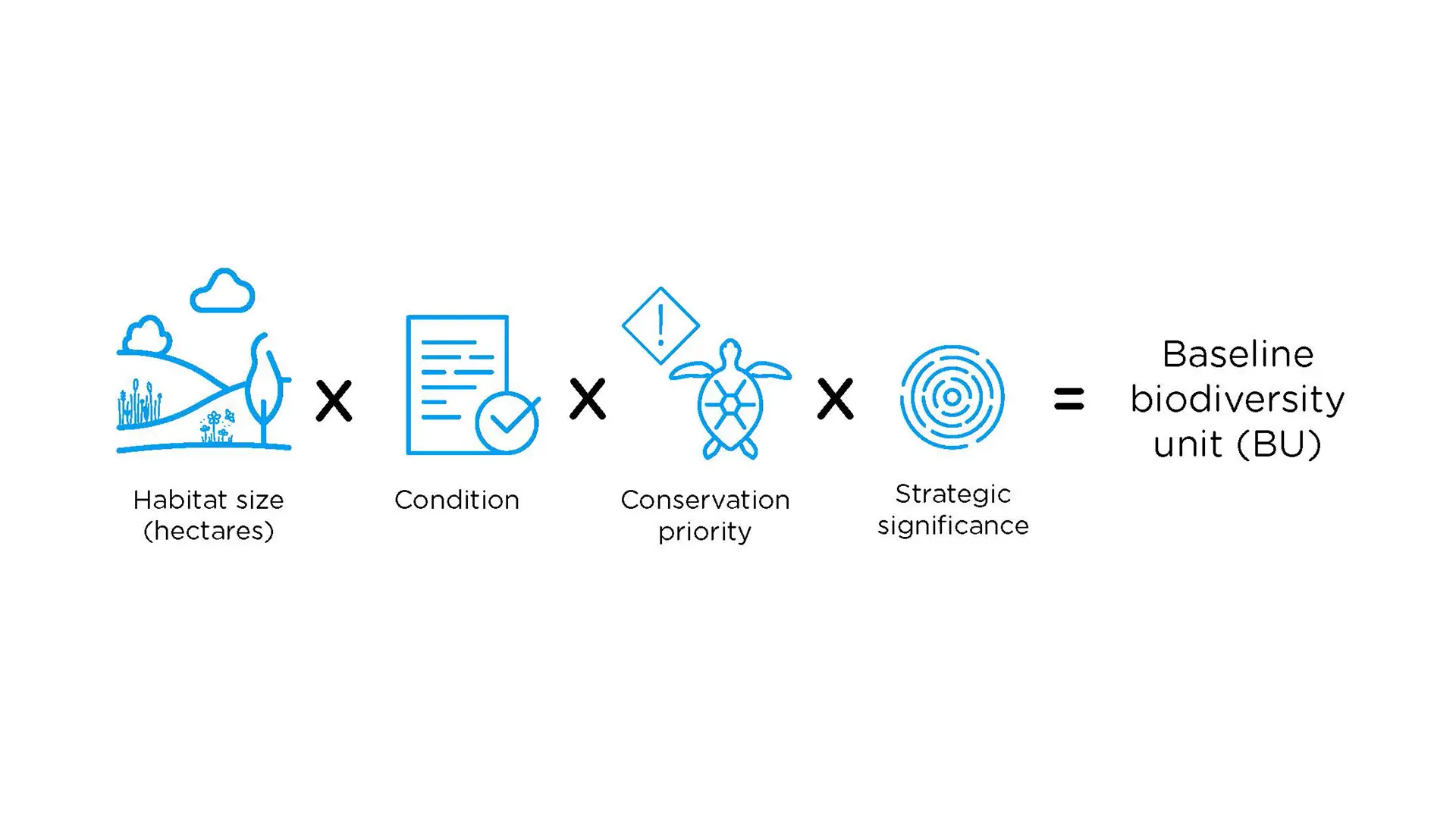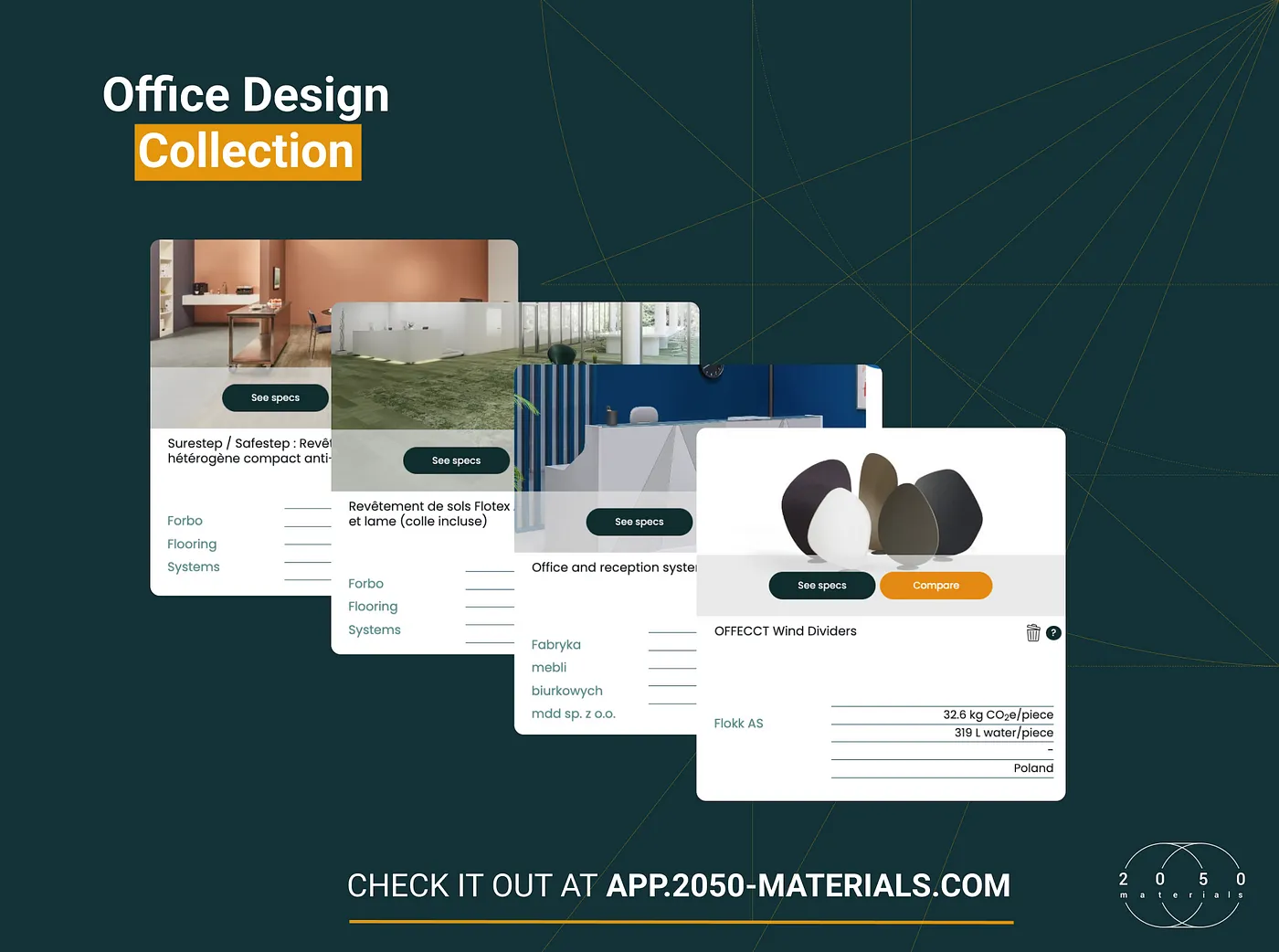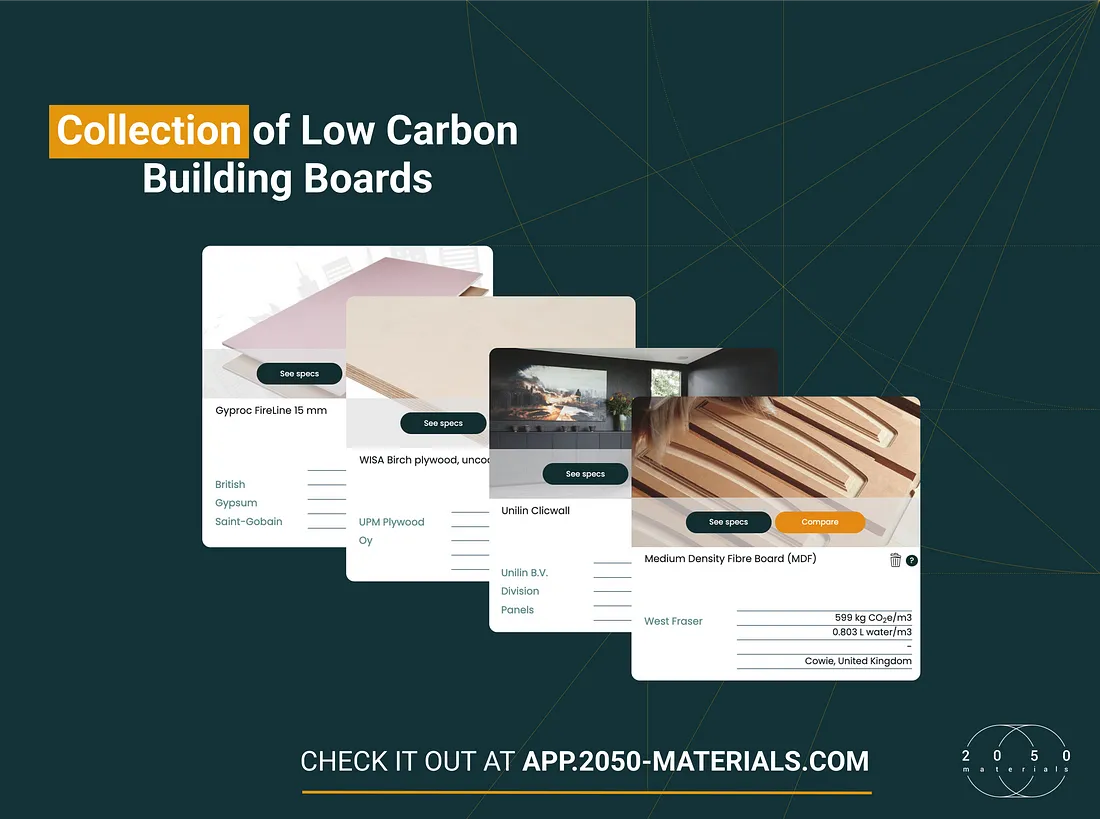In order to measure biodiversity value and foster a future that is nature positive, Ramboll launches Metric
This article is based on Ramboll’s article by Kristin Halpin.
The Americas Biodiversity Metric 1.0 is a free biodiversity quantification tool that assists businesses and organizations in achieving their sustainability objectives, which include no net loss of biodiversity, net gain of biodiversity, and transitioning to a more nature-positive state.

The loss of biodiversity at the local, national, and worldwide levels is mostly caused by changes in land management and use. Reducing damages to ecosystems and guaranteeing sustainable land use, development, and restoration projects require the complex but essential task of conducting biodiversity assessments and recording biodiversity risks and possibilities at a single place or throughout a business portfolio.
Reducing the gap in data
With the help of NatureServe, Ramboll’s experts have created the Americas Biodiversity Metric 1.0, a methodology for assessing biodiversity value that can be used to improve and enlighten land use planning, design, development siting, and land management decision-making processes. Additionally, it can assist organizations, companies, governments, and other land managers in measuring and mitigating effects and achieving their goals of having no net loss or net gain in biodiversity on their property.
The Northeastern US habitats — New Jersey, New York, and Pennsylvania — are the focus of this metric’s initial release. Later this year, the remaining US and Canadian habitats — which are derived from the International Vegetation Classification (IVC), US National Vegetation Classification (USNVC), and Canadian National Vegetation Classification (CNVC) systems — are expected to be publicly released. A subset of the Ecological Integrity Assessment (EIA) criteria created by NatureServe, a renowned nonprofit with an emphasis on North American biodiversity, serves as the foundation for the metric.
Setting biodiversity value to habitats
The metric is derived from the Biodiversity Metric 4.0 produced by Natural England in the United Kingdom over a period of 10 years, which involved substantial study and stakeholder participation. It is currently the foundation for statutory biodiversity net gain standards in the United Kingdom.

Image taken from Ramboll
The idea that larger, better-quality habitats are more valuable to biodiversity because they can support the wider variety of species that are generally associated with a particular habitat is at the heart of the measure. The measure uses the product of four primary factors to determine the worth of biodiversity:
- Habitat size
- Habitat condition
- Global conservation priority
- Local relevance for biodiversity
The metric yields a score that is given in biodiversity units, which serve as a stand-in for calculating the habitats’ biodiversity value. Subsequently, the metric can be employed to assess the baseline biodiversity value, monitor habitat changes over time with consistency, analyze scenarios, and facilitate decision-making processes that are in line with the hierarchy of mitigation.
The metric includes more than 500 different types of habitat. Approximately 85,000 species live in these areas, 14,000 of which are uncommon, endangered, or threatened.
The metric is applicable to:
- Biodiversity value evaluation within a site or defined area
- Screening biodiversity value among several sites as part of the site selection process
- Comparing biodiversity value across different land use designs
- Comparing biodiversity value before and after development and restoration
- Transparently measuring and disclosing no net loss or biodiversity net gain claims, in alignment with global reporting frameworks and policies
 Ramboll’s Americas Biodiversity Metric is the first of its kind in the US and a crucial tool to support nature-positive action. By effectively measuring biodiversity value and tracking changes over time, the metric ensures a consistent and systematic approach to evaluating and monitoring biodiversity impacts and improvements across geographies.
— Dan Rockefeller, a Senior Project Scientist for Biodiversity and Ecosystems at Ramboll and a developer of the metric.
Ramboll’s Americas Biodiversity Metric is the first of its kind in the US and a crucial tool to support nature-positive action. By effectively measuring biodiversity value and tracking changes over time, the metric ensures a consistent and systematic approach to evaluating and monitoring biodiversity impacts and improvements across geographies.
— Dan Rockefeller, a Senior Project Scientist for Biodiversity and Ecosystems at Ramboll and a developer of the metric.
Visit the Americas Biodiversity Metric 1.0 to know more.
Sources:
Ramboll launches metric to measure biodiversity value and create a nature positive future — Ramboll
Related articles

Climate-Resilient Materials for the Built Environment: A Data-Centred Prime
As climate volatility intensifies, resilience metrics are fast becoming as critical as carbon data in material selection. This article outlines why adaptation is now a design imperative, how materials can be evaluated through a systems lens, and what KPIs project teams should demand. From self-healing concrete to fire-rated façades, we present a structured taxonomy of resilient materials, explain how to embed this intelligence into digital design workflows, and propose next steps for specification, benchmarking, and procurement.
Read more
The Most Interesting Low Carbon Products in Office Design
In this article and collection, we highlight 11 outstanding products that contribute to a lower carbon footprint in office design.
Read more
Top Low Carbon Building Boards: Performance, Benefits, and Use Cases
The building boards highlighted in this article and collection showcase low-carbon innovation in modern construction.
Read more